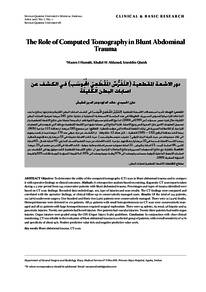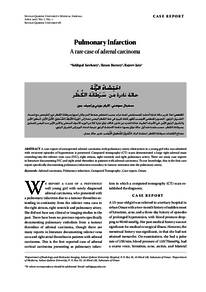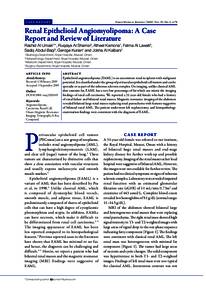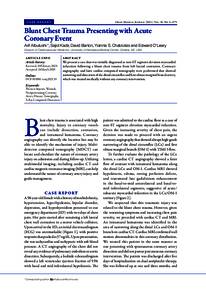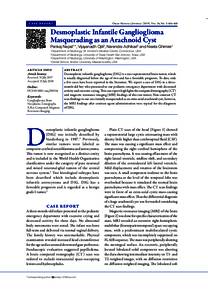Document
Abdominal adipocyte populations in women with visceral obesity.
Identifier
DOI: 10.1530/EJE-15-0822
Contributors
Laforest, Sofia., Author
Pelletier, Melissa., Author
Nadeau, Melanie., Author
Simard, Serge., Author
Daris, Marleen., Author
Lebœuf, Mathieu., Author
Vidal, Hubert., Author
Geloen, Alain., Author
Tchernof, Andre., Author
Publisher
BioScientifica Ltd.
Gregorian
2016-02
Language
English
English abstract
Background: Visceral obesity is independently related to numerous cardiometabolic alterations, with adipose tissue dysfunction as a central feature. Objective: To examine whether omental (OM) and subcutaneous (SC) adipocyte size populations in women relate to visceral obesity, cardiometabolic risk factors and adipocyte lipolysis independent of total adiposity. Design and methods: OMand SC fat samples were obtained during gynecological surgery in 60 women (mean age, 46.1G5.9 years; mean BMI, 27.1G4.5 kg/m2 (range, 20.3-41.1 kg/m2)). Fresh samples were treated with osmium tetroxide and were analyzed with a Multisizer Coulter. Cell size distributions were computed for each sample with exponential and Gaussian function fits. Results: Computed tomography-measured visceral fat accumulation was the best predictor of larger cell populations as well as the percentage of small cells in bothOMand SC fat (P!0.0001 for all). Accordingly, women with visceral obesity had larger cells in the main population and higher proportion of small adipocytes independent of total adiposity (P%0.05). Using linear regression analysis, we found that women characterized by larger-Than-predicted adipocytes in either OM or SC adipose tissue presented higher visceral adipose tissue area, increased percentage of small cells and homeostasis model assessment insulin resistance index as well as higher OM adipocyte isoproterenol-, forskolin-and dbcAMP-stimulated lipolysis compared to women with smaller-Than-predicted adipocytes, independent of total adiposity (P%0.05). Conclusion: Excess visceral adipose tissue accumulation is a strong marker of both adipocyte hypertrophy and increased number of small cells in either fat compartment, which relates to higher insulin resistance index and lipolytic response, independent of total adiposity.
Member of
ISSN
0804-4643
Resource URL
Category
Journal articles


